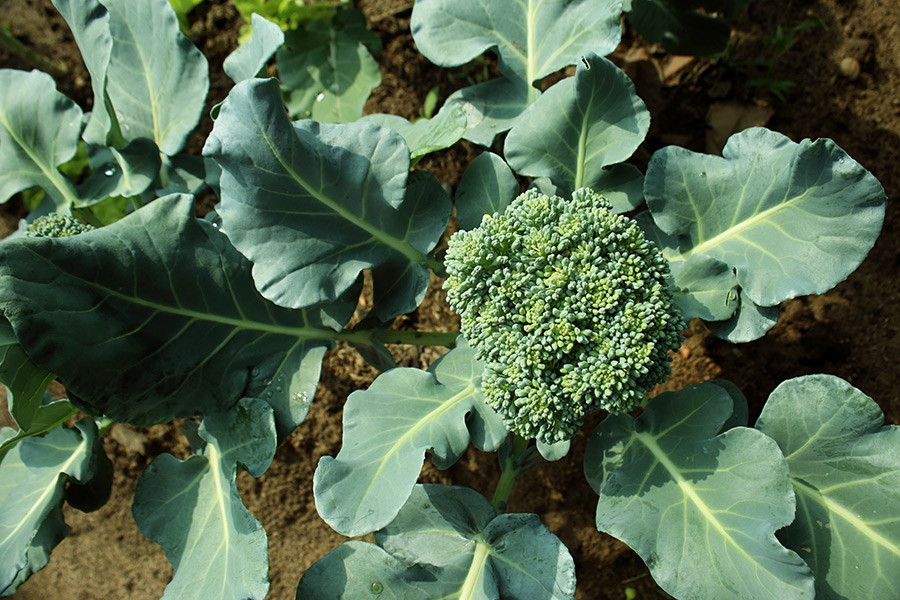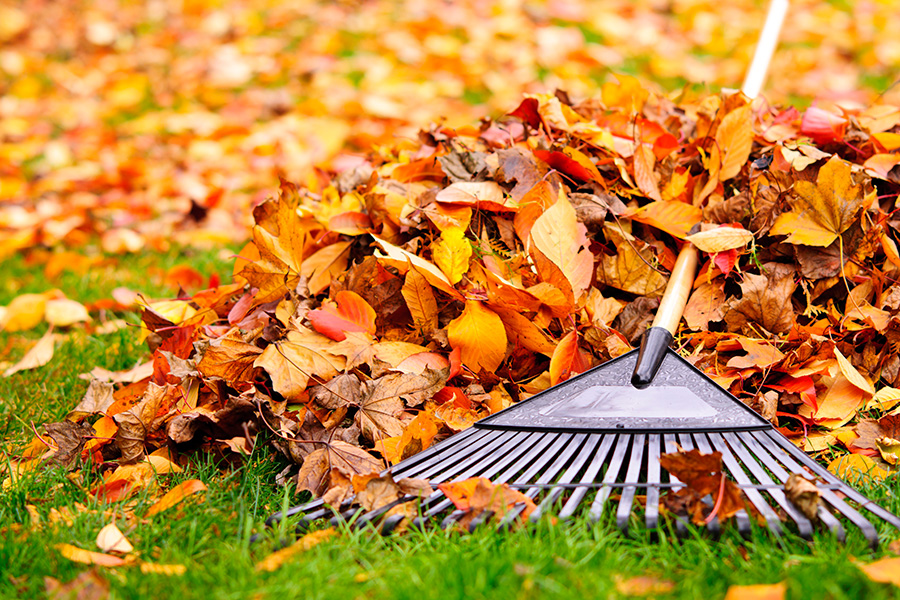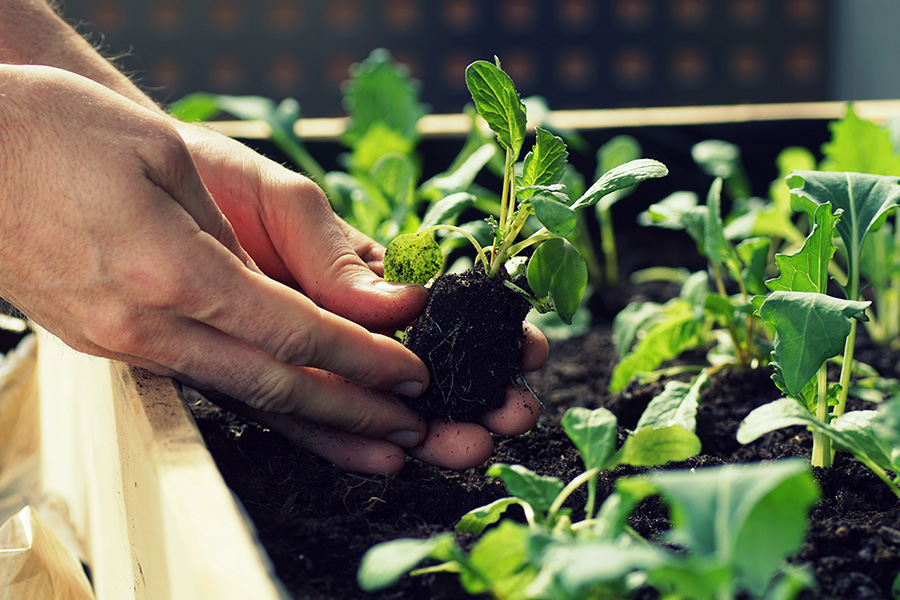Gardening
-

C 1258
Fall Vegetable Gardening
This publication covers fall vegetable production including planting dates, spacing, general culture of cool-season vegetables planted in Georgia in the fall. Many people consider the end of summer to be the end of gardening season. However, there is a whole other world of vegetables that can be planted in the fall garden in Georgia. Temperatures are milder, and there generally are fewer insects and diseases to contend with when planting in the fall. Cool-season vegetables are ironically planted in the late-summer heat, but thrive as they mature during cooler temperatures as the season progresses. Whether you choose to plant only a cover crop or to try your hand at some cool-season vegetables, planting for the fall growing season will keep your garden productive all year long.
Robert Westerfield
|
-

This publication is an annually-updated guide to fall gardening information and resources for Georgia. Topics include planting tall fescue lawns, soil bag flower beds, planting pansies like the pros, planting collards, turnips and cabbage, planting a home fruit orchard, mulching with leaves, gardening chores, cleaning and storing garden tools, treating for fire ants, and additional resources.
Sharon Dowdy, Kristin Slagle, Robert Westerfield, Freddie Waltz, April Sorrow, Stephanie Schupska, Paul Pugliese, and Amanda Swennes
|
-

C 1027-1
Planning an Edible Garden
This publication describes three steps for planning a school garden: garden location, soil and terrain, and choosing crops.
Robert Westerfield and David Berle
|
-

Plant diseases can be a significant problem in home gardens. Most vegetables are susceptible to a number of diseases. Home gardeners can reduce the occurrence of many diseases with sound cultural practices. This publication discusses managing diseases in the home vegetable garden.
David Langston and Elizabeth Little
|
-

The purpose of this guide is to help users identify insects, spiders and mites that are beneficial to the garden. Such beneficials help manage pests that can damage plants. Tips to conserve and protect beneficials are also included.
Susan Braman
|
-

Many fruit trees are purchased as bare-root trees. A bare-root tree is a dormant tree that has no soil or planting medium around the roots. Here are some tips on storing, planting, and caring for your bare-root fruit tree.
Jule-lynne Macie and Lynwood Blackmon
|
-

C 784
Home Garden Persimmons
Many of the numerous species of persimmon can be grown in Georgia. Our native persimmon, Diospyros virginiana, is found from Florida north to Connecticut, west to Iowa and south to Texas. This publication covers planting and growing requirements as well as fruiting, harvesting, and insect pest information.
Dan Horton, Gerard Krewer, and Robert Westerfield
|
-

Rutabagas are a cool-season root crop that can be produced in the spring or fall.
Robert Westerfield and W. Kelley
|
-

C 787
Gardening in Containers
Growing plants in containers differs from growing plants in the ground. Poorly drained potting mixture can lead to root problems. Under conditions of excess moisture and poor aeration, roots become stressed and are easily invaded by root rotting fungi. Under these circumstances, plants fail to grow properly or even die.
In addition to guidance on soil preparation, this bulletin provides information on selecting containers, planting and fertilizing container plants, a list of plants recommend for container gardens.
Svoboda Pennisi
|